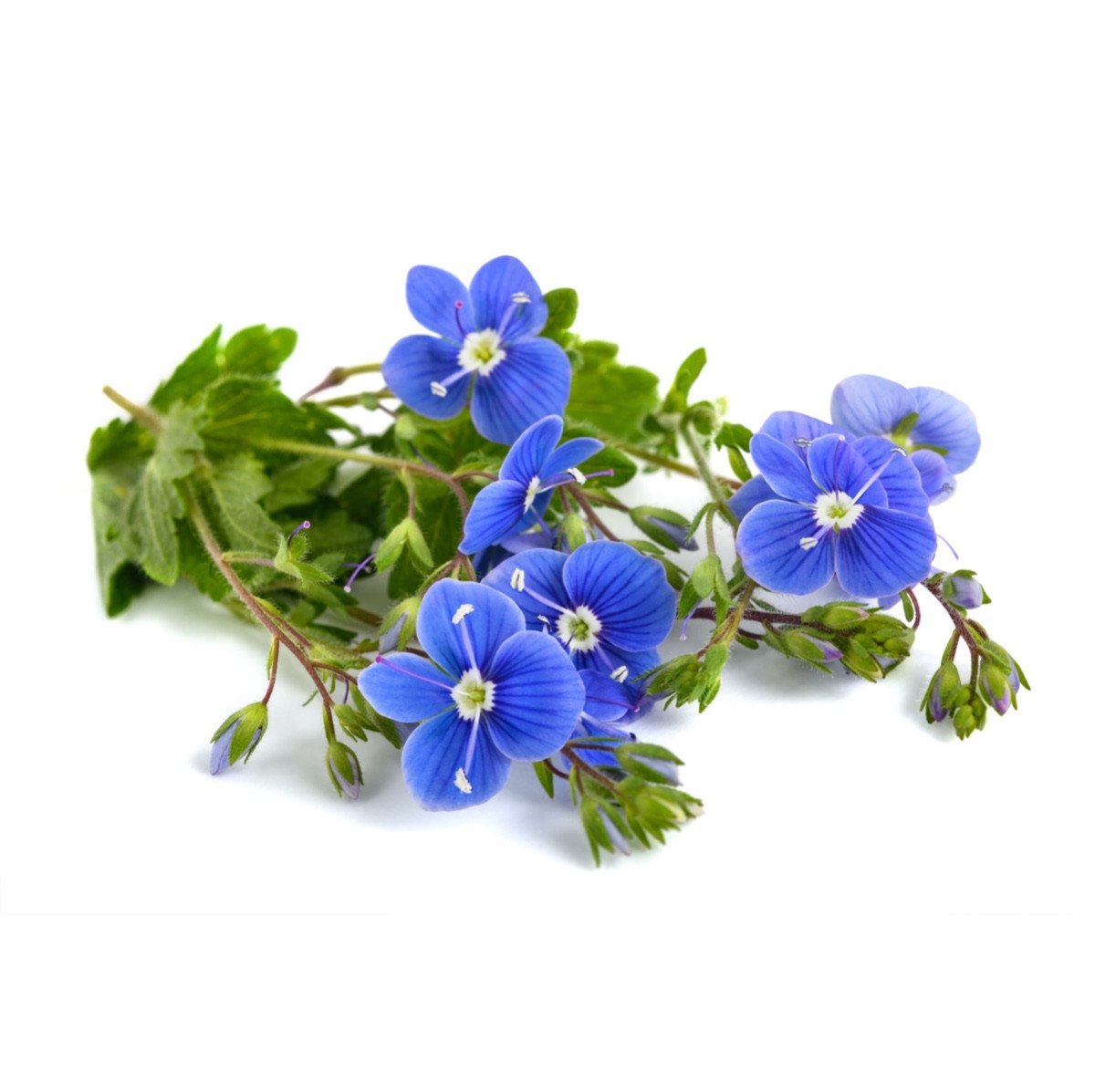Speedwell

Speedwell
Veronica
Plant family
Plantain family (Plantaginaceae)
Also known as
Bird's Eye, Gypsyweed
Season Overview
Propagating
Planting
Harvest
Harvest
J
F
M
A
M
J
J
A
S
O
N
D
1ST YEAR
FOLLOWING YEARS
Details
Light requirement
Sunny
Water requirement
Moist
Soil
Medium (loamy)
Nutrient requirement
Low
Light germinator
Plant distance
30 cm
Row spacing
30 cm
Seeding depth
0.5 cm
Instructions
Description
Speedwell, all-rounder, wound healing herb, veronica or grindheil is a genus of plants belonging to the plantain family (Plantaginaceae). There are about 450 species, some of which are also found in Central Europe. Annual or perennial herbaceous plants that grow between 20-200 cm/7.9-78.7 in tall. Common speedwell/forest speedwell or quendel speedwell are also cultivated as medicinal plants. In fields, speedwell also occurs as a weed. Usually the flowers are white-blue and purple. Insect friendly. Good ground cover.
Origin:
Probably Eastern Europe and Western Asia, now spread worldwide
Growing tips
Light germinator. Very different growth habit and cultivation requirements depending on the species and variety. Generally fertilize once in spring. Cut off withered shoots. Water during dry periods. Cut back 1/3 in spring. Native varieties are hardy. Self-seeds. Can also be propagated by division. To do this, cut off 15 cm long shoots with buds and plant. The leaves and flowers can be harvested and eaten. However, the leaves are very bitter. Needs are species and cultivar dependent, due to differences in requirements and growth. Some good companion plants are weeping heart, gemroot, lungwort, elecampane, yarrow, daylilies, lady's mantle, perennial daisies, delphinium, golden yarrow, girl's eye, roses, and stonewort. Large species of speedwell should be supported and tethered.
Companion Plants
Antagonistic Plants
No antagonistic plants
Diseases
Downy mildew
Powdery mildews
Pests
Aphids